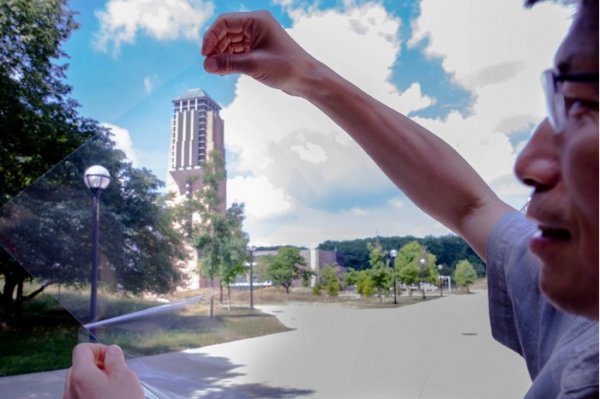According to foreign media reports, due to the poor conductivity of traditional plastics, they are often used for insulation, which makes them become shielding materials for materials and equipment such as wires and circuit boards. But scientists have been hoping to change that by adding other materials that give plastics electrical conductivity. Now, a team of researchers has come up with a promising possibility for large touch screens or solar cells that can be mounted on windows.
It is reported that the new material was developed by electrical and computer engineers at the University of Michigan on the basis of early work in the field. The team has previously demonstrated how to add a very thin layer of silver to the plastic sheet to make it conduct electricity, but there is a cost to doing so, which reduces the light transmittance by about 10%.
One way to improve the transparency of plastics is to coat them with antireflective coatings, which are usually not conductive. In response, the researchers believe they may have solved the problem by carefully mixing metals with multilayer materials.
It is understood that their transparent conductive plastic consists of a very thin layer of silver and plastic. In addition, the plastic layer also contains a small amount of copper, which is only 6.5 nanometers thick. The conductive layer is sandwiched between two "dielectric" materials, one is alumina, the other is zinc oxide.
Because these materials can effectively pass light through the materials, the light transmittance of the former is 88.4%, while that of the latter is 88.1%.
"We have developed a method to make the coating highly transparent, highly conductive, low haze, excellent flexibility, ease of fabrication and good compatibility with different surfaces," said Jay Guo, a professor of electronic engineering and computer science, who led the study.
Next, the team will explore how to use this material as a transparent conductor for solar cells.
